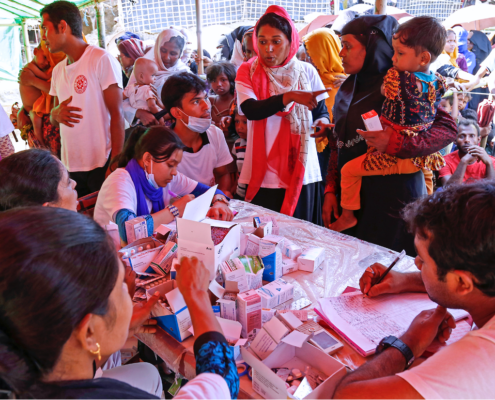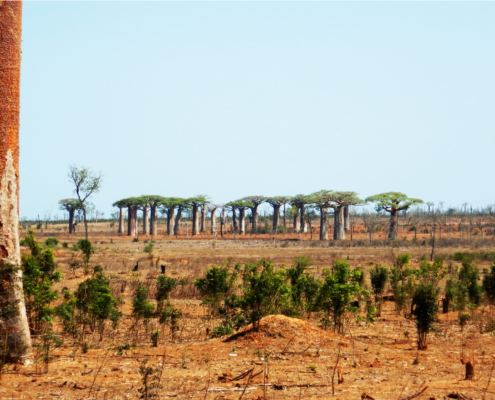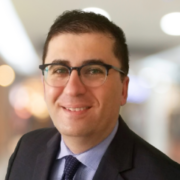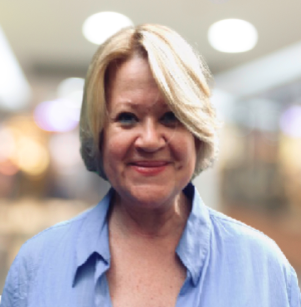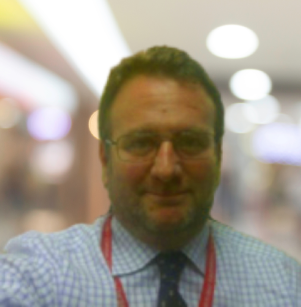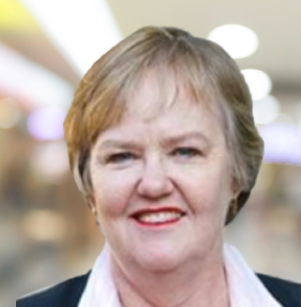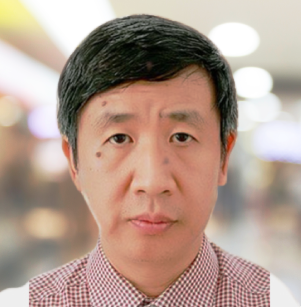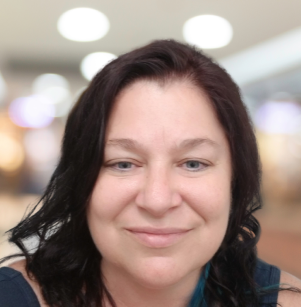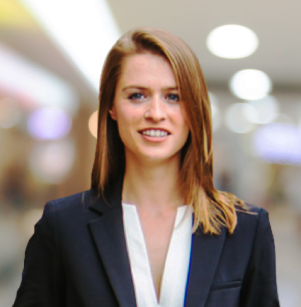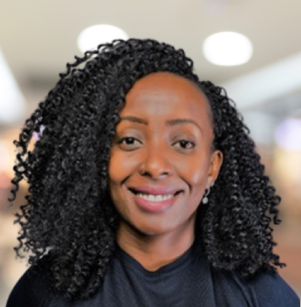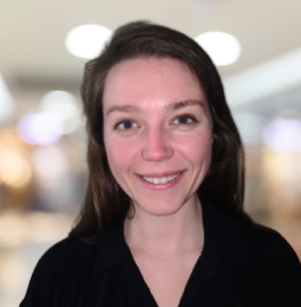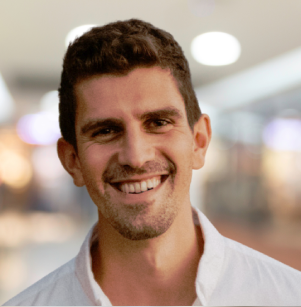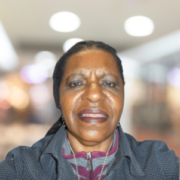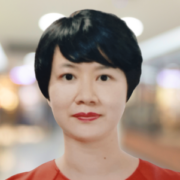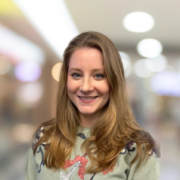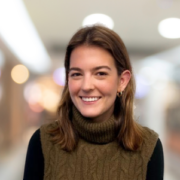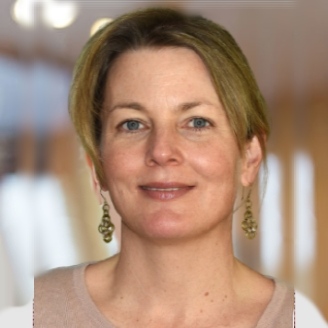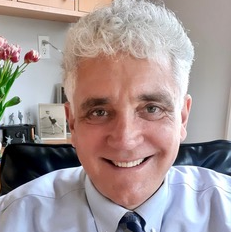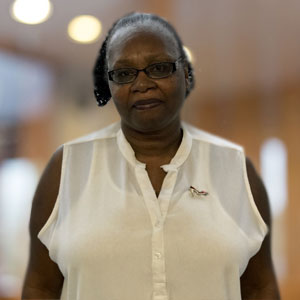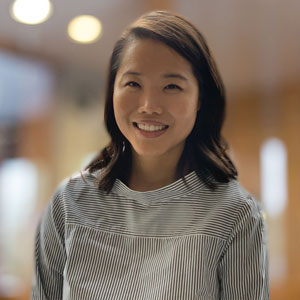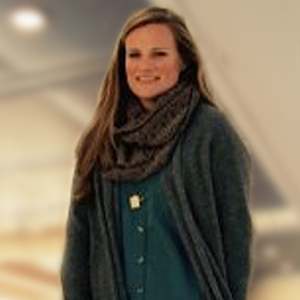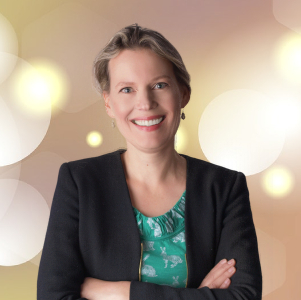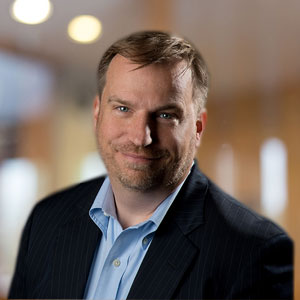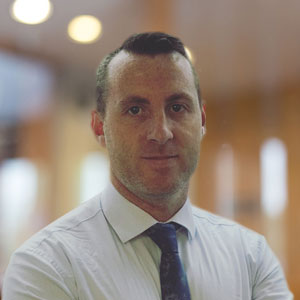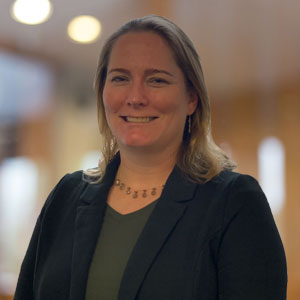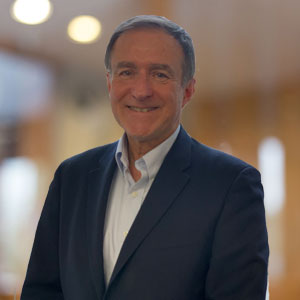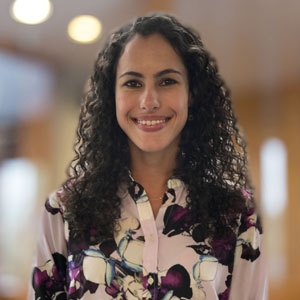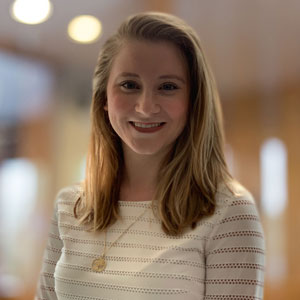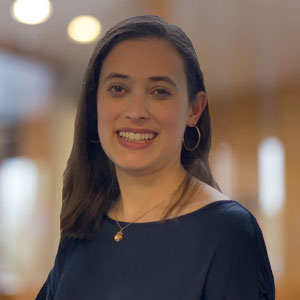Medic Mobile, a mobile health non-profit based in Washington D.C., announced the development of the first mobile SIM application for healthcare on June 6th. SIM apps can operate on 80% of the world’s phones ranging from $15 handsets to Android smart phones, so their potential use means reaching unimagined levels in data collection.
The SIM applications are menu based applications on mobile phones that reduce costs and increase accessibility for patients. Says CEO Josh Nesbit on his blog, “I can imagine all eight million global community health workers utilizing SIM applications to support their work and improve the lives of their patients.” Through these applications, patients don’t need to see a doctor, they can simply register their health data through the app and the data gets sent to health professionals who send feedback.
Medic Mobile is a pioneer in developing SMS based communication solutions. The organization started out with a project in Malawi where their SMS services saved clinical staffers 1,200 hours of patient follow-up time, thousands of dollars in costs and doubled the number of patients who were treated for Tuberculosis. Perhaps their most well known project came after the earthquakes that devastated Haiti. Mobile Medic created an SMS database where people could text the number “4636” to be tagged, mapped and subsequently assisted. Thousands of victims were rescued with this service.
SMS and SIM application based healthcare services can serve as a blueprint in the developing world to alleviate health burdens. Over half of all Africans use mobile technology, and according to an ITU report, over 70% of low and middle-income countries utilize mobile technology. Mobile technologies dominate any other technology in the developing world. They are cheap and conveniently accessible.
Nesbit sees great potential and envisions applications that help patients schedule appointments, access remote consultations and connect with health care professionals during a medical emergency. Nesbit’s products are proof that mobile phones can be a game changer in providing healthcare. They can essentially serve as health professionals at any place and any time. Not even the developed world can claim that.




 Leaders from businesses, governments, NGOs, and non-profits gathered today in Washington D.C. for the opening of the Aid and International Development Forum 2011. At the first workshop, Innovation in Information, speakers issued a universal call to the humanitarian sector: there is a need for technologies that are simple, usable, and pre-planned.
Leaders from businesses, governments, NGOs, and non-profits gathered today in Washington D.C. for the opening of the Aid and International Development Forum 2011. At the first workshop, Innovation in Information, speakers issued a universal call to the humanitarian sector: there is a need for technologies that are simple, usable, and pre-planned.



